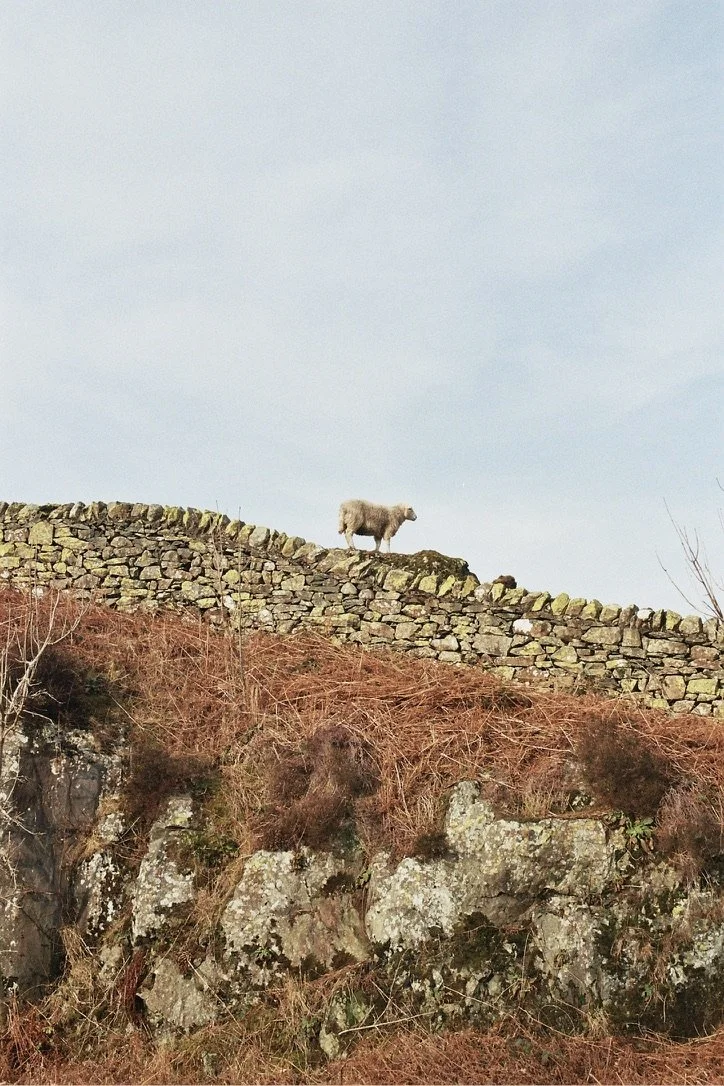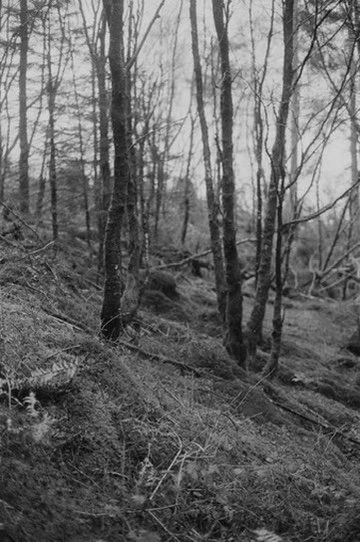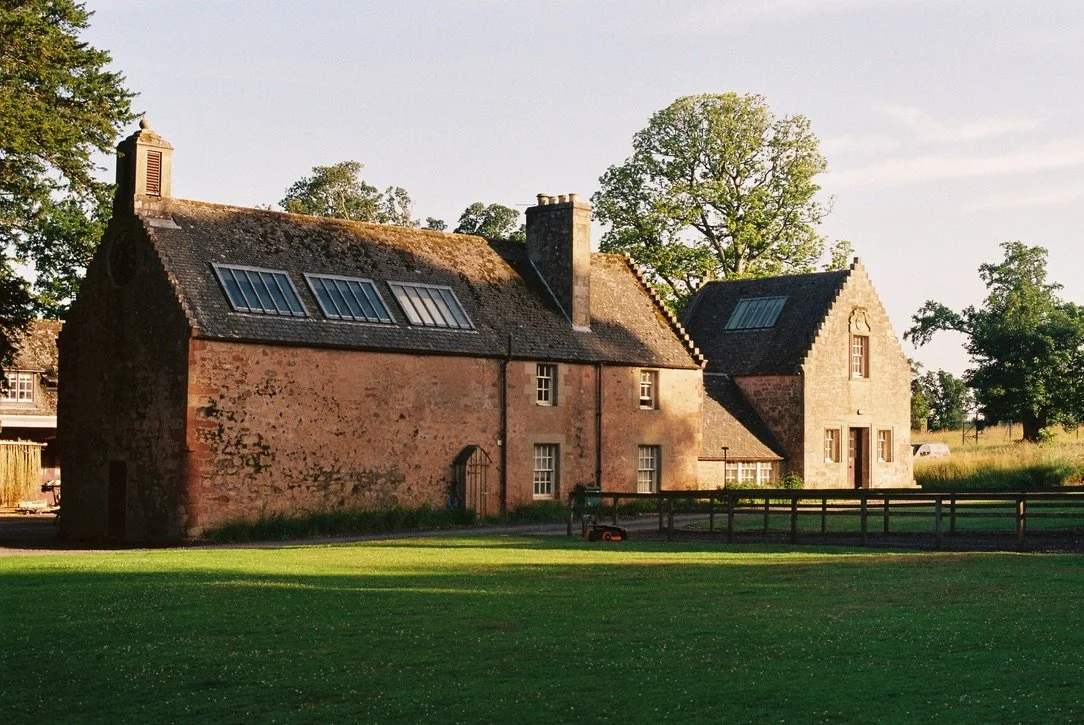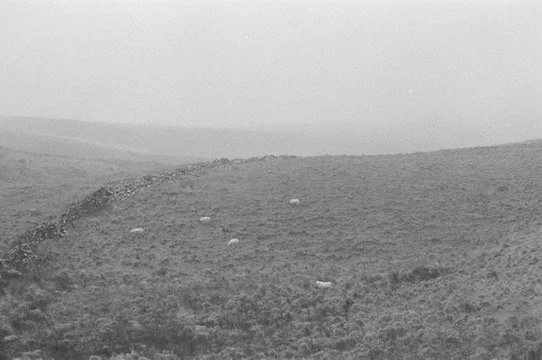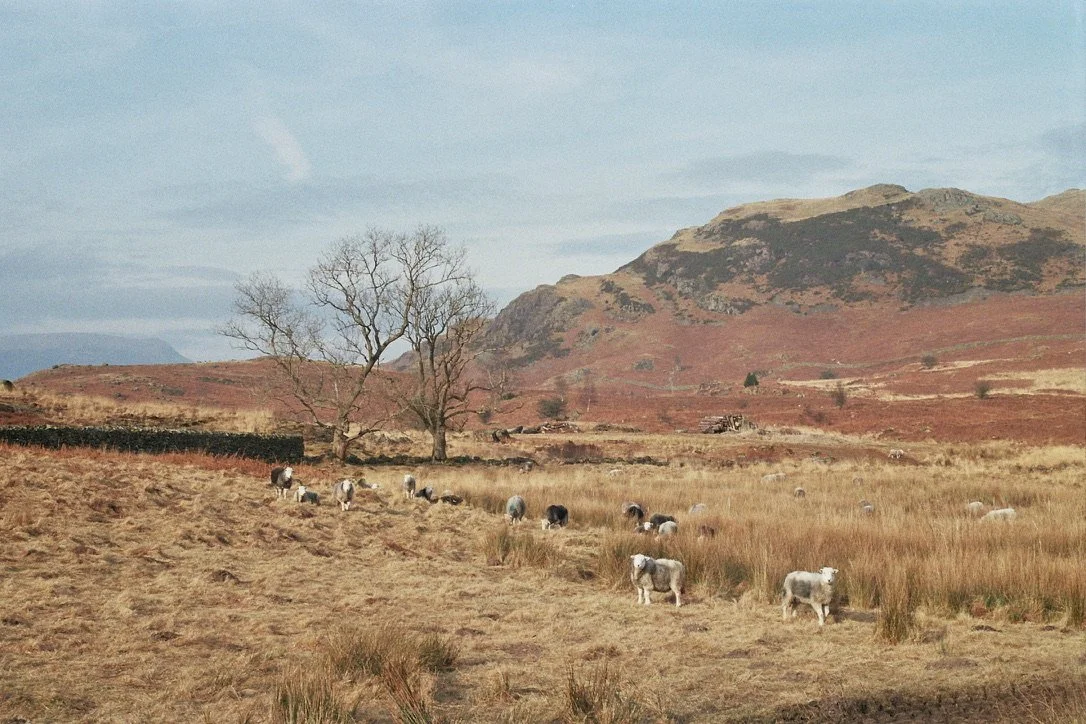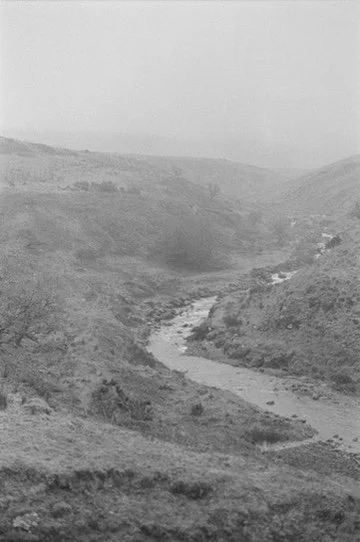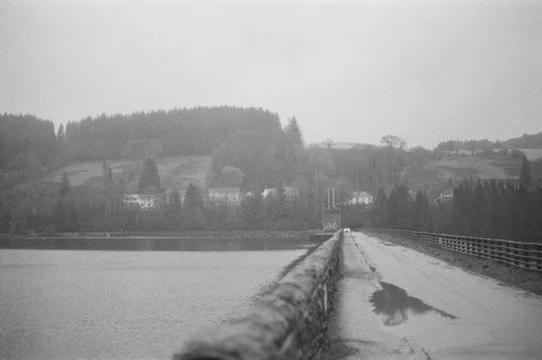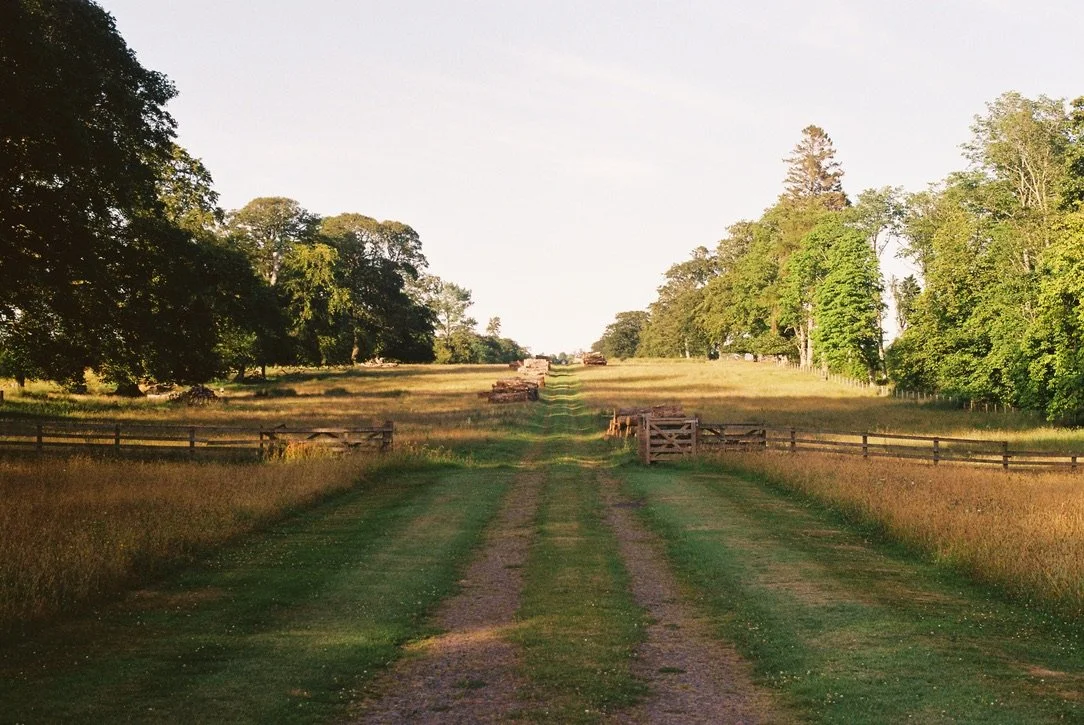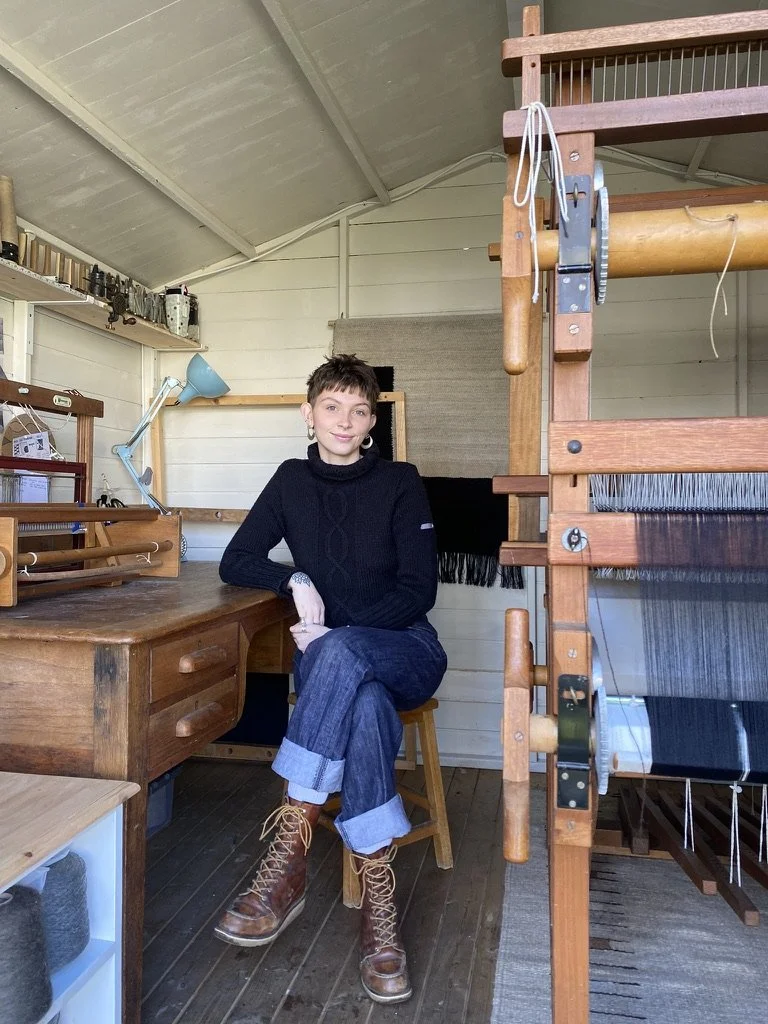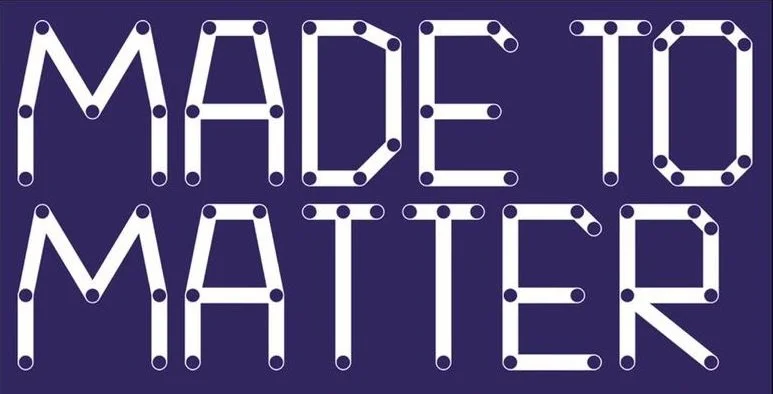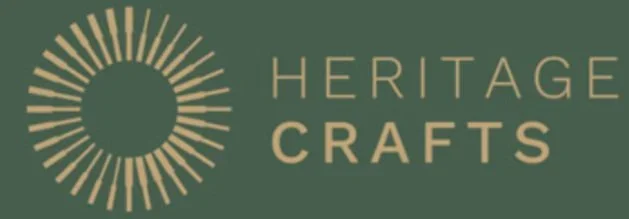Scarlett Farrer is a sustainability and heritage focused textile artist and designer. She creates handwoven wall art and interior textiles using 100% natural fibres and British wool, hand spun into textured yarns made solely from the fleece’s natural colours and shades. Scarlett works directly with local farmers, collecting their unwanted sheep and alpaca fleeces. Each fleece is then hand processed in her studio at the Hugo Burge Foundation in the Scottish Borders. Every stage of the process is carried out by hand from picking, scouring, washing and carding the fleece to hand spinning into yarn.
Every technique in Scarlett’s studio is chosen to ensure her work is as sustainable, ethical and traditional as possible. Her practice is rooted in the use of natural fibres, whether animal or plant. Every material is supplied by nature and at the end of its life can return to the earth through composting, completing a cycle in which the fibres’ minerals are given back to the soil.
Tools and machinery are sourced second hand, keeping materials in circulation, while also honouring traditional and heritage equipment. This approach roots her practice in the past while bringing a contemporary sensibility. Scarlett’s commitment to heritage skills has been recognised nationally. In 2024 she was awarded Young Weaver of the Year by Heritage Crafts, supported by Rose Uniacke.
At the heart of her practice lies her motto: “Field to Fabric.” Originally conceived during her university final major project, this principle has since grown to define her entire body of work. During her studies she discovered the craft of hand spinning and the potential of British wool. Through her work Scarlett highlights the beauty and natural character of wool aiming to reawaken appreciation for its value.
Awards/Achievements
Oct 2025. The Sunday Times, Style magazine feature.
May 2025. Selected for Hugo Burge Foundations Springboard Studio Program - 2 year residency.
May 2025. London Craft Week - Residency at Rose Uniackes Fabric Store with spinning yarn demonstrations
Apr 2025. The Sunday Times Article covering Scarlweaves
Nov 2024. Young Weaver of the Year Award - Heritage Crafts
Oct 2024. Global Creative Graduate Showcase (Finalist) - Arts Threads, Global Creative Graduate Showcase
Oct 2024. Member of The Wool Hub
Sep 2024. GREEN GRADS Cohort member
Jul 2024. Sanderson Art In Industry Sponsorship
Jul 2024. TEX+ Helga Goldman Award for Outstanding Contribution to Future Textiles
Jul 2024. TEX+ Collaboration award
Jul 2024. Made to Matter - Co founder and curator, 5 day London exhibition
Jun 2024. Taught a weaving and spinning arts day event at The Green Room School Kingsley (SEN school)
Jun 2024. Graduating from University of Brighton with a 1st Class Honors Degree
Exhibitions/Shows
Visual Arts Scotland x Tea Green
The V&A, Dundee 28-30 Nov 2025
Design London Shoreditch
Shoreditch Town Hall, Shoreditch, London 16-19 Sep 202
London Design Festival, Rose Uniacke
Fabric Store, Pimlico, London. 13-20 Sep 2025
Open Studios, The Hugo Burge Foundation
Marchmont Estate, Greenlaw, Scottish Borders 6-7 Sep 2025
Open Studios, The Hugo Burge Foundation
Marchmont Estate, Greenlaw, Scottish Borders 7-8 Jun 2025
London Craft Week, Rose Uniacke
Fabric Store, Pimlico, London 12-18 May 2025
Talking Textiles, Crucial Trading Showroom
Design Centre, Chelsea Harbour, London 25-28 Feb 2025
‘And The Work Goes On’, New Brewery Arts and Heritage Craft Young Maker
Brewery Court, Cirencester 8 Feb-24 May 2025
Surface Design Show, Business Design Centre
52 Upper St, Islington, London 4-6 Feb 2025
Great Northern Contemporary Craft Fair, Green Grads
Victoria Baths, Manchester 17-20 Oct 2024
TEX +, Chelsea College of Arts
Chelsea, London 10-12 Jul 2024
Made to Matter, The Bargehouse
OXO Tower Wharf, London 3-7 Jul 2024
Graduate Degree Show, Grand Parade
Brighton 1-9 Jun 2024
Press
15 future furniture and home decor design classics to invest in now
The Sunday Times - Katrina Burroughs
Wool you like to pair up? / Why I’ve been speed dating farmers
The Sunday Times - Katrina Burroughs
Heritage Crafts
Rose Uniacke
And The Work Goes On: Young Makers at New Brewery Arts
Selvedge Magazine
Rose Uniacke
‘The artisans using social media to keep ancient British skills alive’
The Sunday Times - Tamsin Blanchard
Three artists selected for prestigious residency in the Borders
The Herald - Gabriel McKay
‘Green Grads Take the Spotlight at Talking Textiles
Selvedge Magazine
